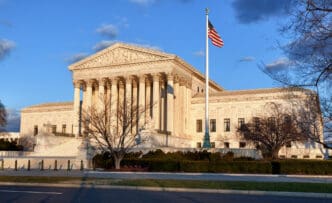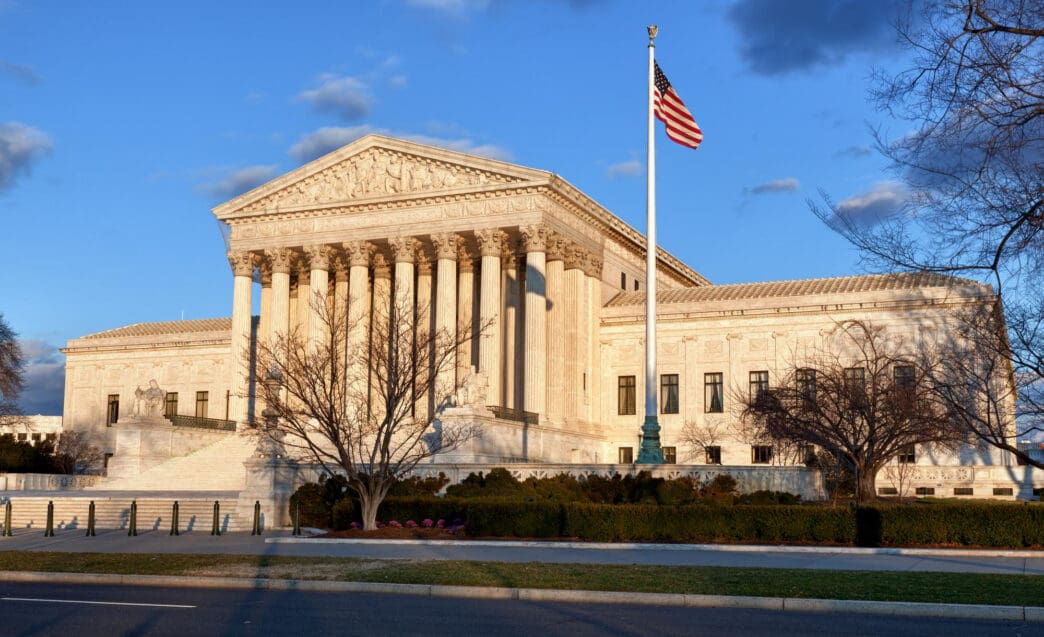Executive Summary
- The Supreme Court extended a temporary order allowing the Trump administration to continue withholding full Supplemental Nutrition Assistance Program (SNAP) benefits for November, with Justice Ketanji Brown Jackson dissenting.
- Millions of Americans relying on SNAP benefits have gone ten days without full assistance, leading to widespread hunger, according to groups challenging the administration.
- The legal dispute over SNAP benefits is intertwined with the federal government shutdown and would likely become moot if Congress approves a pending agreement to reopen the government.
The Story So Far
- The Supreme Court’s involvement in the dispute over Supplemental Nutrition Assistance Program (SNAP) benefits is a direct consequence of an ongoing federal government shutdown, which led the Trump administration to withhold full November payments. This action prompted legal challenges, with lower courts ruling against the administration for not ensuring timely and adequate food assistance, culminating in the administration’s appeal to the high court while Congress attempts to resolve the funding impasse.
Why This Matters
- The Supreme Court’s extension of the temporary order to withhold full SNAP benefits means millions of Americans will continue to experience hunger and a lack of critical food assistance, effectively prolonging a humanitarian challenge directly linked to the resolution of the federal government shutdown and deferring a lower court mandate for complete payments.
Who Thinks What?
- The Trump administration and Justice Department argued that the lower court overstepped its authority by ordering the USDA to transfer funds and warned against federal courts becoming involved in the political branches’ efforts to end the government shutdown.
- Groups challenging the administration, including beneficiaries and their advocates, argued that millions of Americans, including children, are experiencing hunger due to the lack of full SNAP benefits and that the administration should be compelled to provide full assistance quickly.
- The Supreme Court, by extending the temporary order, allows the Trump administration to continue withholding full Supplemental Nutrition Assistance Program (SNAP) benefits for November, a decision that appears designed to delay the case while Congress works to resolve the ongoing federal government shutdown.
The Supreme Court on Tuesday extended a temporary order that allows the Trump administration to continue withholding full Supplemental Nutrition Assistance Program (SNAP) benefits for November. This decision maintains a block on a lower court mandate for complete payments, a move that appears designed to delay the case while Congress works to resolve the ongoing federal government shutdown. Justice Ketanji Brown Jackson dissented from the extension.
Legal Battle Over Food Aid
The “administrative stay,” initially issued by Justice Jackson on Friday, prevents a lower court order from compelling the administration to provide full federal food benefits. This emergency appeal, alongside several related lawsuits in lower courts, would likely become moot if Congress successfully approves a pending agreement to reopen the federal government in the coming days.
Groups challenging the administration informed the Supreme Court earlier Tuesday that SNAP beneficiaries have now gone ten days without the full assistance needed to afford food. They argued that millions of Americans, including children, are experiencing hunger as a direct result. Approximately 42 million Americans rely on food stamps, with nearly 27 million estimated to have been due their allotments by Monday.
The Trump administration countered that the lower court had overstepped its authority by ordering the US Department of Agriculture (USDA) to transfer an estimated $4 billion between funds. The Justice Department also warned against federal courts becoming involved in the political branches’ efforts to end the shutdown.
Timeline of Actions
The food stamp program entered a state of legal uncertainty last month when officials announced that November payments would not be fully disbursed due to the lapse in government funding. This prompted two lawsuits, leading federal judges to rule that the USDA must at least tap into contingency funds to provide partial benefits for the month.
The USDA opted to fund partial benefits, but warned that recalculating and distributing the assistance could take weeks or months for some states. Nonprofit groups advocating for beneficiaries then urged US District Judge John McConnell in Rhode Island to require the USDA to fully fund the benefits to ensure quicker distribution.
Judge McConnell agreed, ruling that the administration had not acted quickly enough to ensure even partial benefits reached millions of recipients. He also found that the administration had acted “arbitrarily and capriciously” in its decision not to provide full November benefits. The administration subsequently appealed this ruling to the 1st US Circuit Court of Appeals and then to the Supreme Court.
Justice Jackson, who handles emergency appeals for the 1st Circuit, initially issued the administrative stay on Friday, temporarily pausing Judge McConnell’s order. The Supreme Court’s new order extends this administrative stay through the end of Thursday. Justice Jackson did not provide a reason for her dissent from the extension.
State-Level Responses
Amid multiple and varied guidance memos issued by the USDA in response to the court actions, states have adopted different approaches. A CNN tally indicates that at least 16 states have provided their residents with full SNAP allotments for November, while another five states have sent partial payments.
Outlook
The Supreme Court’s decision to prolong the temporary hold on full SNAP benefits highlights the significant legal and humanitarian challenges stemming from the federal government shutdown. The timely resolution of the congressional funding impasse remains critical for determining the future of food aid for millions of Americans.








